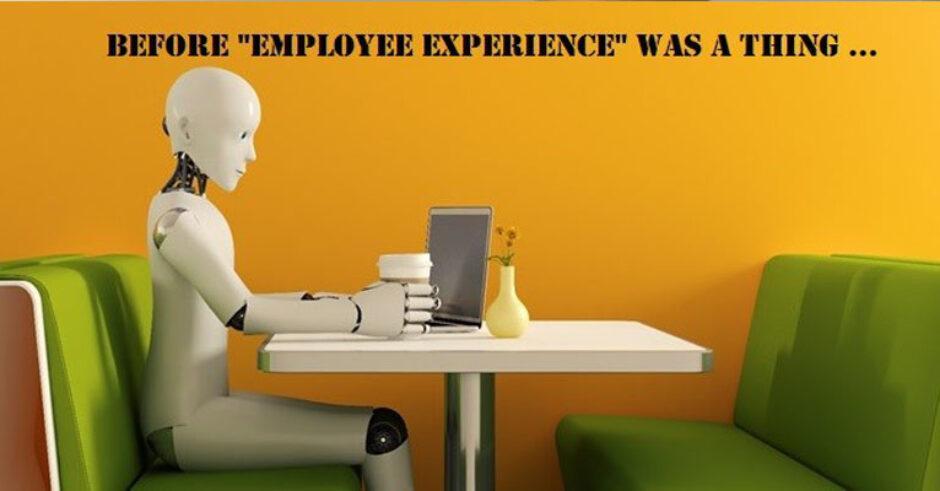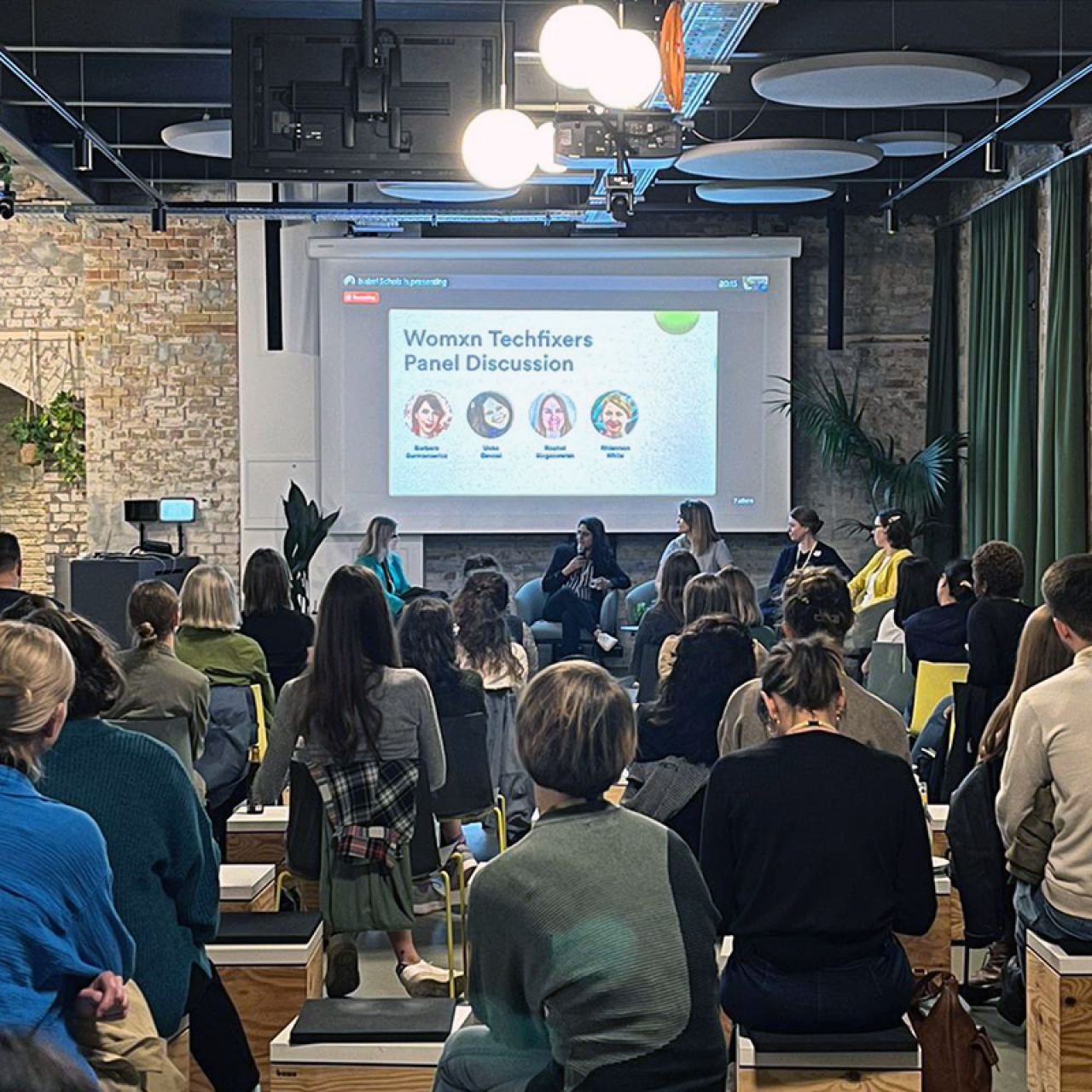Employee Experience has always been a “thing”, but I cannot remember the day that we started to attach that precise label to it.
It’s sort of crept up on us, and that’s a good thing. It is a good thing it is seen as being important, and an incredibly good thing that we are now talking about it.
I also think there are some risks with the direction of travel but more about that later.
Throughout my career, I have never been a fan of inadequate processes, unnecessary validation paths and poor ways of working in general. I have also seen how workplace silos are a barrier to collaboration. All of which adversely impact the experience.
I remember once being faced with a major HR employee and manager self-service challenge across four different geographies. I instinctively knew the list of stakeholders and interested parties would be longer than it might first appear. So, the challenge was as much about creating a coalition as it was about design and delivery of a product or service. We needed to tell a story, to sell an idea. We needed to do it “with” people rather than do it “to” people. And this was important, as there were around 50,000 of them.
With that in mind, we set up a “showroom” to display the self-services on offer and an array of different hardware that could be used to deliver it (e.g. a range of different free-standing and wall-mounted self-service “kiosks” and differing versions of pc builds within them – much like the self-service machines we use at airports today).
We had posters explaining the features and benefits of the new ways of working with this technology. We demonstrated a range of options for consumption within a wide range of commercial and industrial working environments. It was a place for us to show, tell and sell the ideas but more importantly, it was a vehicle for feedback from potential consumers and the internal supply chain that would support it. The “showroom” was open to anyone to visit, to play, and/or leave feedback. And of course, invitations were extended to VIP’s as well as many other key stakeholders from:
- Information Technology – network, landscape, security, infrastructure etc.
- Procurement – supplier viability, pricing, availability of spares etc.
- Engineering – feedback on products, fitness for purpose within environment etc.
- Finance – costs, budget, capex, feedback on products & services etc.
- Manufacturing – feedback , ergonomics, fitness for purpose within environment etc.
- Works Council – solicit feedback, collect ideas, and gain support (barrier removal)
- Human Resources – fit for HR, fit for the functions, stakeholder engagement etc.
- Internal Communications – awareness, feedback, internal story telling etc.
- Facilities Management – fitness for purpose within environments, aesthetics etc.
Arising out of all that, we secured a variety of routes and environments from which to access the products and services. But it was the engagement, the relationships, the courtesy, and the respect for our approach that enlisted such advocates and supporters for our endeavour. These elements were prized over and above the technological aspects. It was a gamble. It was time consuming. It was hard work but, it paid off.
So, before “employee experience” was really a thing, we as a team, were already doing it in all but the name. We did not know what it should be called, but we had created a modest Experience Laboratory as a vehicle to gaining consensus for our project. We had considered the various impacts and involvement of a wide range of employees and most importantly, their feedback was rightly featured in our design discussions and decisions.
We didn’t have a label for it then, but we do now. It’s now called employee experience or people experience.
So, coming back to the start of this article, what for the future direction of employee experience now that it really is a thing?
And what do I see as the risks with the current direction of travel?
Firstly, Employee Experience is “on trend” so it will be around for a while yet. But therein lies the risk. Simply re-labelling job titles or departments changes nothing. By putting old wine into new bottles, you still have the same wine that you started with. A new bottle yes, a trendy new label yes, but it is the same old wine.
So, the first risk that needs to be managed is that of employee experience (or people experience) becoming the next fashionable bandwagon. There is a big difference between putting it on the corporate agenda and turning that into the reality as experienced by the many candidates and employees.
Organisations need to adopt a People First approach. Listen, learn, adapt, and create by putting employees at the centre of the discussion. Also, organisations need to realise that there are many external factors creating drivers for this change in philosophy. Candidates are increasingly conscious of the values and purpose of an organisation and they expect them to be real. They expect them to be lived. They expect their experience to live up to the brand image.
This leads to the second risk and that is one of leadership. Leaders must not simply incorporate EX as a paragraph within a wider business strategy. They themselves must authentically role model the change by the way they consult and engage employees in the evolution of better ways of working within the organisation. Failing to put the people impacts at the heart of every solution or decision will inevitably weaken the employee experience ambition within the business.
My final risk for today is centred around technology.
User Experience (UX) is not the same as Employee Experience (EX). It is a component of it but not the sole focus of it. Technical solutions are often an enabling component, but they are rarely the sole enhancement to an overall experience. There is currently a trend amongst the developers, suppliers, and implementers of technologies to hijack and attach the EX-label to their products and services, and there will be more than enough consumers ready to buy into that particular myth. So, beware putting IT as the leaders of employee experience, the challenge and therefore the solutions, must be much broader than that.
Peter Drucker is quoted as saying “Culture eats strategy for breakfast”. And for many organisations employee experience is a culture shift and encouraging that shift is a key component of the change.
Employee Experience practitioners must recruit allies, advocates, and champions from within their organisation. This is a step-by-step approach as there are no quick fixes.
By building a community of common interest they will create momentum, they will have a louder voice. Eventually, that voice will be heard.
So, for me Employee Experience is part art and part science. It is about perseverance and recognising that it is more a journey than a destination. It is about creating a coalition for change and taking those incremental steps to a better place.
Putting the employees and the moments that matter to them at the heart of our thinking (and solutioning) was always important, even before employee experience was a thing…


